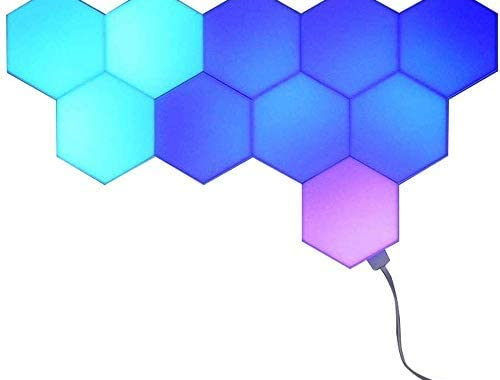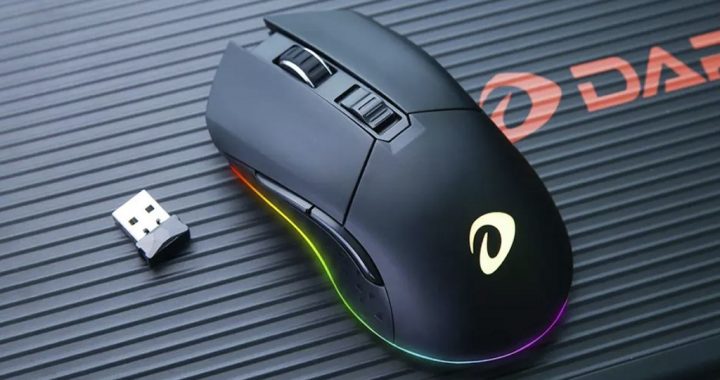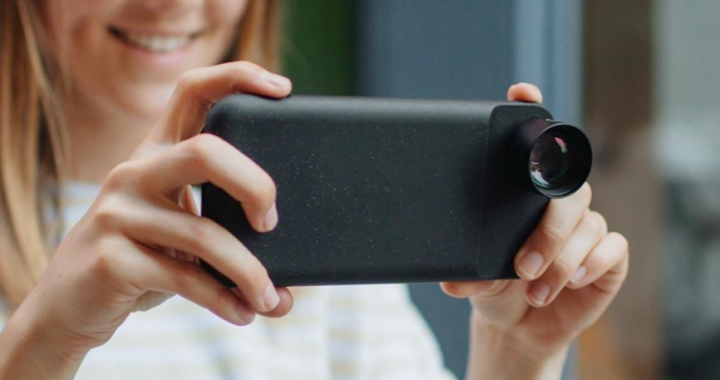Switch: The Absolute Core of The Keyboard
4 min read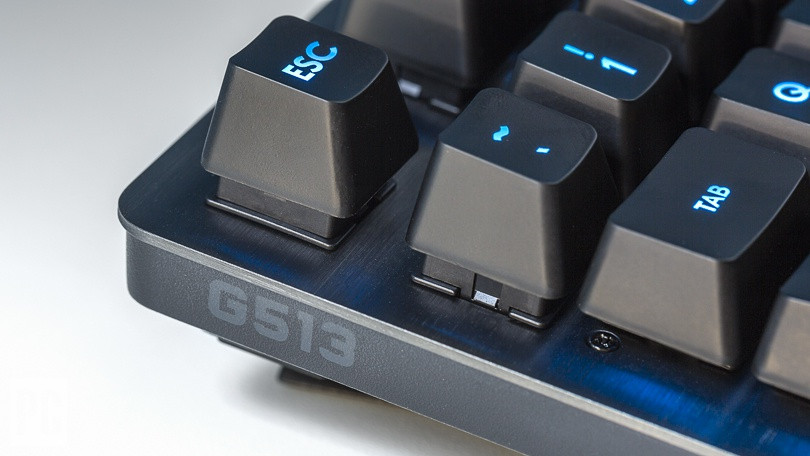
What defines a mechanical keyboard is the key switch used. Most economical keyboards currently use dome switch technology, which records a keystroke when writing a silicone dome and presses and connects two PCB tracks. Although this style is simple and economical, pressing the keys requires a relatively large force, which can cause a heavy and pasty sensation in the fingers and a lack of tactile or acoustic feedback when writing. In addition, after a fairly “short” time, the domes may lose their suspension and run less well or stop working altogether. Therefore, you may need to replace the keyboard at least once or twice during the life of the computer with which you use it.
Mechanical switches, on the other hand, completely remove silicone. Press the button to activate a real physical switch that usually uses a spring as a reminder mechanism that records what you write. Since the parts used are much more extensive than in the case of keyboards with a coupling switch, mechanical keyboards generally have a much longer life. Writing comments also creates a more direct relationship between the fingers and what is shown on the screen.
Because of the hardware, mechanical keyboards tend to be thicker, heavier and more expensive than their dome switch equivalents. You are rather an investment, but you pay pure satisfaction if the quality of the letter is really important to you.
When buying a mechanical keyboard, you should pay close attention to the type of switch used and whether it provides acoustic or tactile feedback, or both. The pressure that the switches must activate is also important. This greatly affects the functionality and the possibility of finger fatigue.
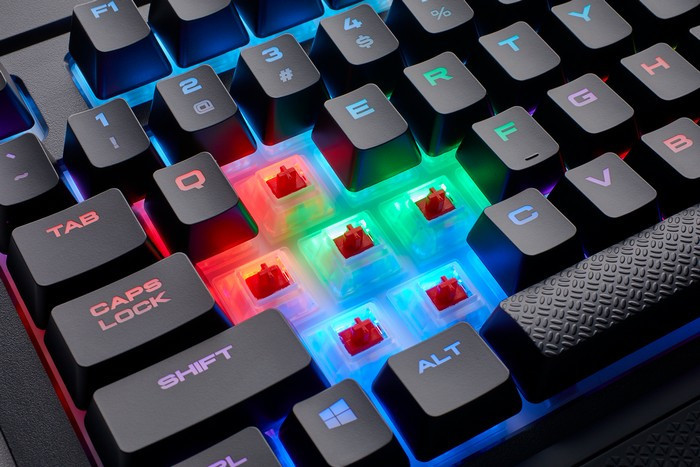
Cherry MX switches
The best known and most common mechanical key switches come from a company called Cherry Industrial. These “Cherry MX” switches are available in different versions that offer different functions and comments to better suit your personal preferences and the job or game you want to perform more frequently.
The different types of Cherry MX buttons are named after colors. With this overview of the most popular Cherry switches, you can better adapt your needs to the mechanical keyboards you can buy.
Cherry MX blue
Cherry MX Blue switches are a close approximation to the old school hinged spring switch, but with a new mechanism, they are tactile and clickable. With the blue switches, you can feel and hear the end of pressing a key. These switches are ideal for serious typists, but not for game applications, since they have a higher performance power than I would prefer for a rapid fire shooting.
Cherry MX black
With the greatest actuation force of the standard Cherry varieties, the Cherry MX Black switch may appear stiff. Therefore, this type is less suitable for the type of agile keyboard that most fast and tactile recorders depend on, and players with fast fingers tend to avoid it. However, this makes Black an excellent switch for cases where accuracy is paramount: enter critical data or for certain types of more conscious games, since you rarely have to worry about accidentally pressing a key twice. Cherry MX Black switches are not tactile or clickable.
MX cherry red
Similar to MX Black, Cherry MX Red switches lack tactile and acoustic feedback. However, they have a lower driving force, so they can hit faster and more frequently. This gives you the advantage in any game that requires super fast tickets. MX Red keyboards are generally preferred by players who play games that require rapid contraction actions. However, the same features prevent them from being a good option when writing is your main activity, as they allow you to record more keystrokes than expected or trigger typing errors with a slightly scratched stroke. However, some high-precision typists will appreciate your light touch.
Cherry MX Brown
If you spend as much time writing emails and Word documents as cutting zombies on first-person shooters, the Cherry MX Brown switch may be for you. The 45 cN actuation force is the same as the one you get from the red switch, and like the switch it doesn’t click, but it gives you the same tactile hit that improves the tip you get from the blue one. It is often cited as a good balance between playing and hitting between blue-click MXs and “fast” red MXs.
Cherry MX Speed silver
Like the MX Reds, Cherry MX Speed Silvers require the same 45 cN actuation force, but with a shorter actuation point of only 1.2 mm. The total travel distance of 3.4 mm is also shorter than that of 4 mm of the Cherry MX Reds. If you have to press less distance, this adds to the same name of these switches: speed. This minimizes the delay between pressing a button and performing an action, making Speed Silvers an updated favorite for players.
Cherry MX other switches
The above switches are the types you will find most often on a keyboard that you buy today, but Kirsch’s rainbow extends a little more, with the exception of some less types. currents Cherry Clear switches are tactile like Brown, but have a greater acting force. The green switches can be seen as rigid blue, both tactile and click. and the white switches are quieter green. Some other types have special uses, but they are rarely identified as such in packaging or marketing materials.

